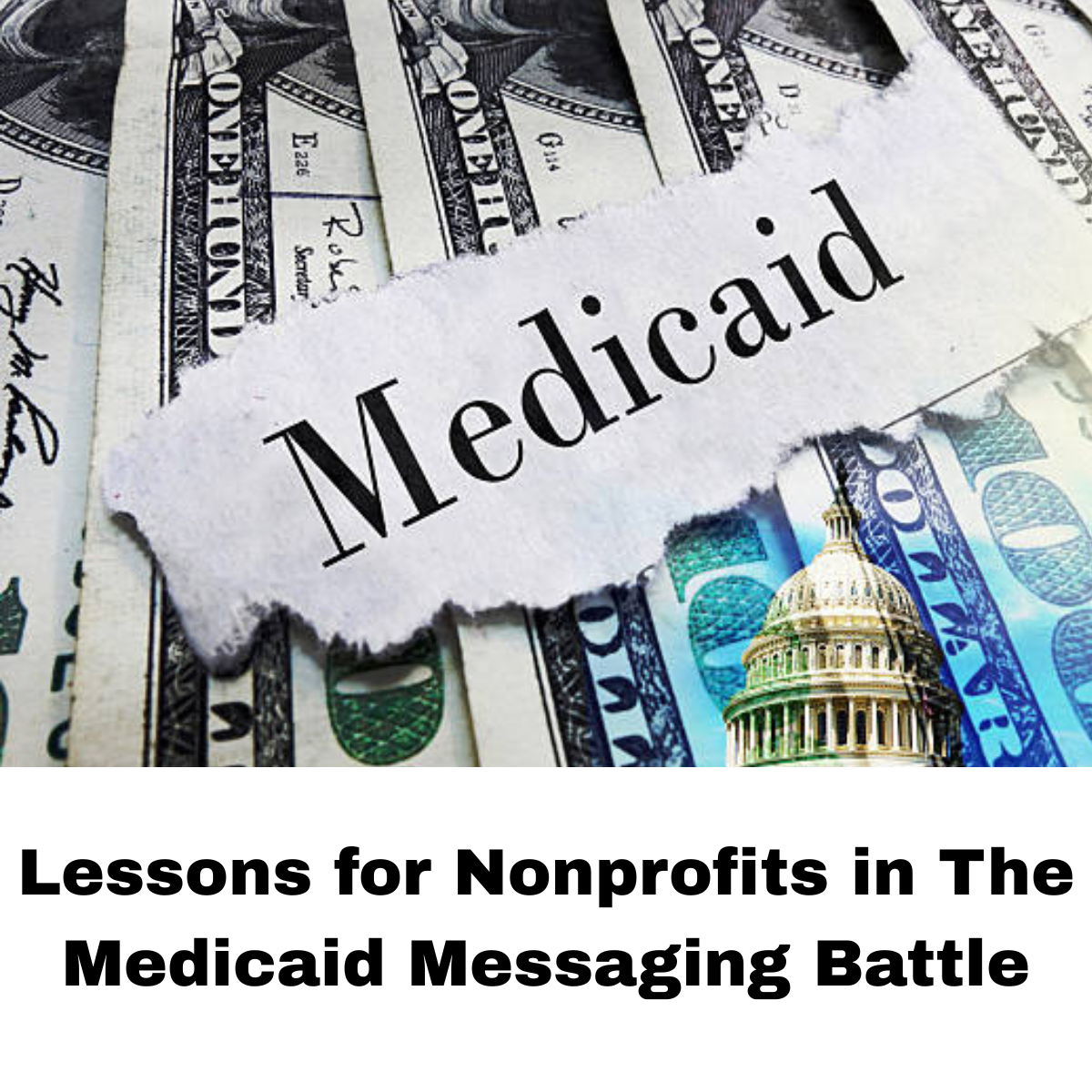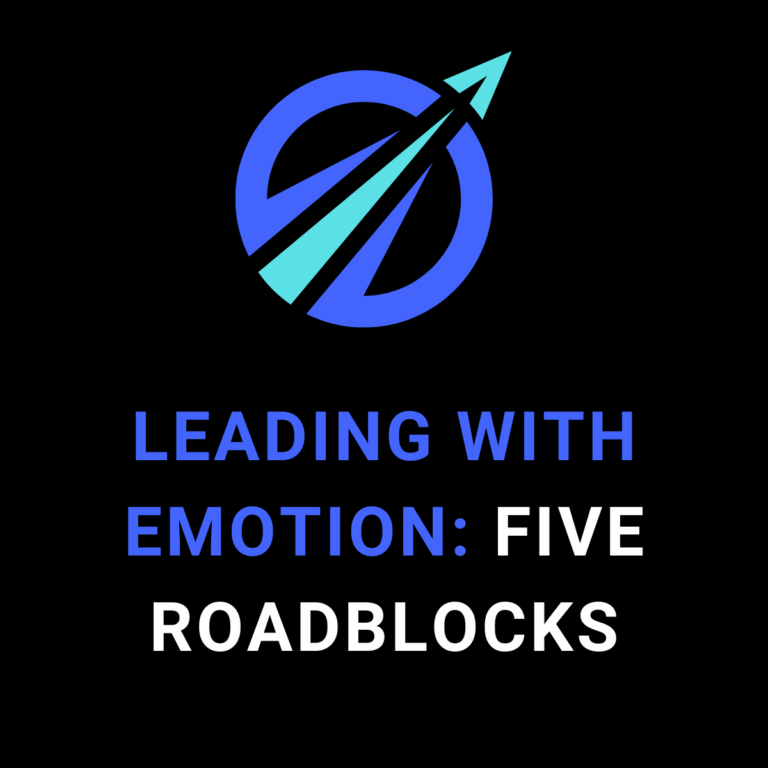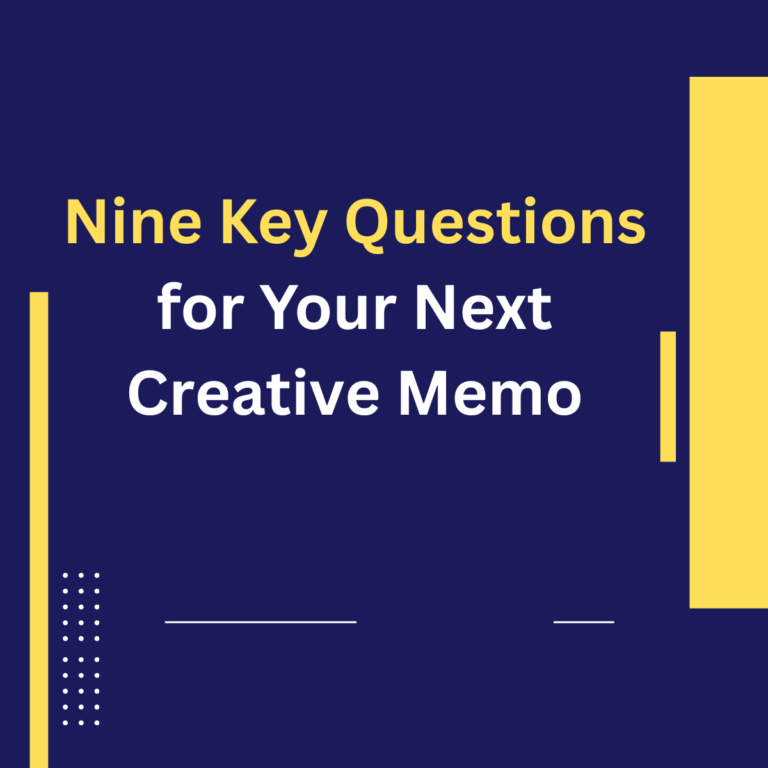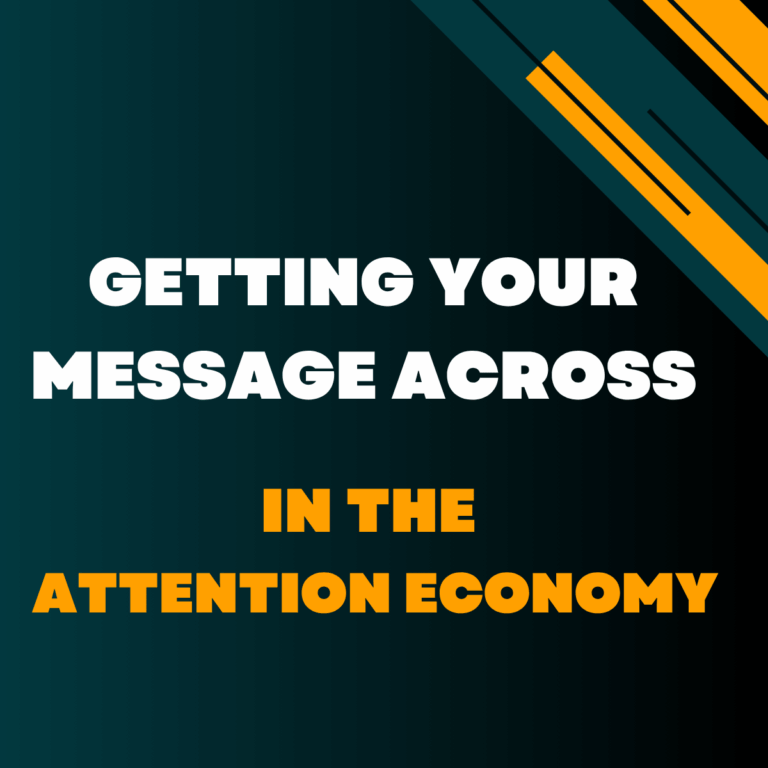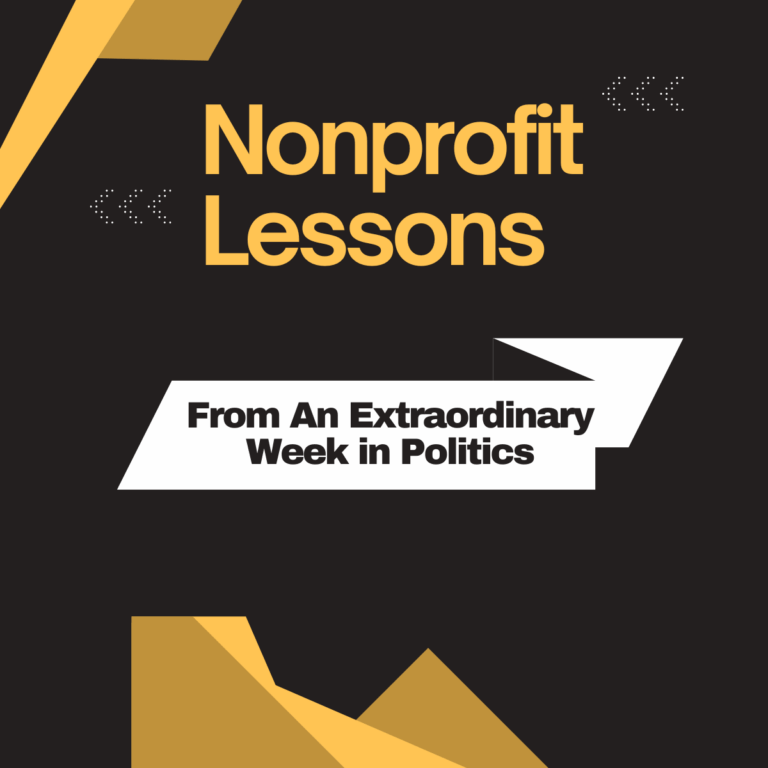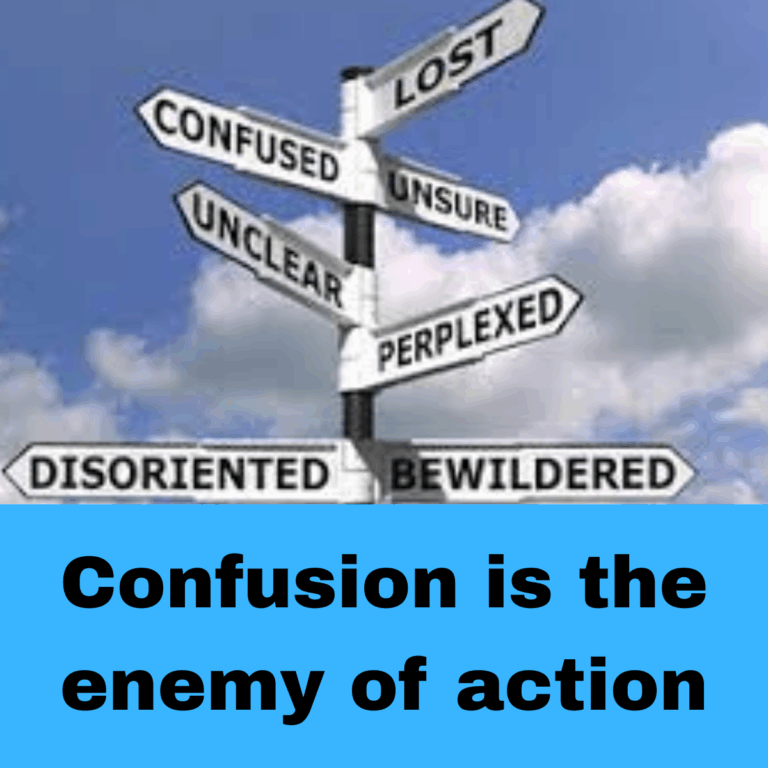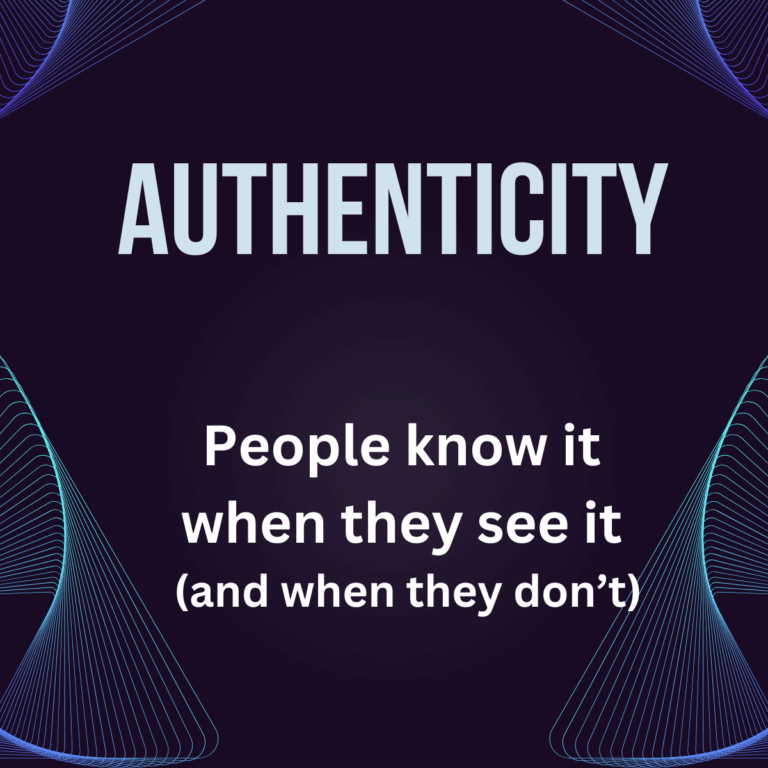When major political battles unfold, they often offer nonprofits powerful case studies in messaging. It was true all through last year’s presidential campaign and it’s just as evident in the emerging messaging battle over deep cuts in Medicaid.
The Medicaid fight is shaping up as one of the most impactful messaging battles of 2025. It directly impacts millions of peoples’ lives and its political impact is likely to be profound as well, helping define the context of next year’s vital midterm elections.
Recently on my 2026 Path to Persuasion Substack, I offered seven messaging guidelines for those opposed to deep cuts that could result in millions of people losing their access to health care. Today, let’s look at those guidelines through a different lens. Let’s examine the embedded messaging principles nonprofits can carry into all of our work.

Here are the seven guidelines I proposed to help Democrats deliver a winning message in the battle to protect Medicaid. After each one, I have added “lesson for nonprofits” commentary.
#1: Defend peoples’ access to health care, not a government program.
It’s not about “protecting Medicaid.” It’s about making sure we defeat a cruel plot to take away families’ access to health care.
Lesson for Nonprofits: Too often, we lapse into talking about our work in programmatic terms – “our climate resilience strategies,” “our agricultural development projects,” etc. It’s almost always more emotionally engaging to zero in on the direct impact on peoples’ lives.
#2: Focus on wide impact, not just the most vulnerable. Too many working class voters believe Democrats cater to the rich and to the most disadvantaged, leaving them to fend for themselves. We can’t feed into that perception.
Lesson for Nonprofits: We have to think through the hopes, fears and perceptions that our audiences bring to the table. Then we have to factors those into how we message. The perception: Many of the working class people key to winning the Medicaid debate feel unheard and unseen by Democrats. The response: Make it clear our circle of compassion extends not only to the most vulnerable, but to them.
#3: Make it about emotions not statistics. Facts don’t move people. Emotions do. So, it’s fine to share a few numbers about the what’s happening. But the core of our campaign has to be emotional, gut-level messaging making clear what Republicans are trying to do is both devastating and totally unnecessary.
Lesson for Nonprofits: This is one I tend to dwell on. It’s always better to lead with emotion and back it up with facts. It seldom works to lead with facts and figures and try to sprinkle in some emotion after the fact.
#4: Tell stories – and make them local. The cuts the GOP is trying to make will hit hard in the districts of almost every member of Congress. We have to tell powerful stories that hit home like warnings about the hospitals that will be forced to close in rural districts.
Lesson for Nonprofits: Author Nancy Harhut says it better than I can. “Stories are not only engaging and involving, they are processed in the brain differently than facts and figures are. . . Stories stoke emotion. And emotion drives decisions.”
#5: Tell people Republicans are hurting them to help billionaires. The Achilles’ heel of the GOP plan is that their purpose in taking away peoples’ Medicaid coverage is to free up billions of dollars for more billionaire tax cuts.
We need to say that over and over.
Lesson for Nonprofits: This one is straightforward. If you’re in a debate-like setting, ferret out what your opponent’s weakest point is and drive it home.
#6: Democrats have to fight like hell. Democrats in Congress can’t just “put up a good fight” and then throw up their hands. People will see the difference between going through the motions and putting everything on the line. If we’re going to be what AOC calls “brawlers for the working class,” this has to be a battle we refuse to lose.
Lesson for Nonprofits: Democrats need to convince their base that they are up to the challenge of taking on Trump. Always be aware that high-profile moments offer unique opportunities to either reinforce your audience’s most important perceptions about your group or, as in the Democrats’ case, try to address weaknesses in those perceptions.
#7: Don’t make it all about Trump. Donald Trump will have a big role in this battle. We don’t have to ignore that. But we shouldn’t obsess about it either. This is about whether Republican members of Congress will sell out the people they represent to do the bidding of billionaires. In that contest, we need people to see us fighting for them, not just against Trump.
Lesson for Nonprofits: When your organization or the work it does is getting a lot of attention, you have a spotlight. Make sure you shine it in the direction that benefits you most.

As I suggested at the beginning, big political battles offer us key lessons in communications strategies. It will be fascinating to watch how the two sides of the debate handle their messaging on Medicaid in the crucial weeks ahead.


